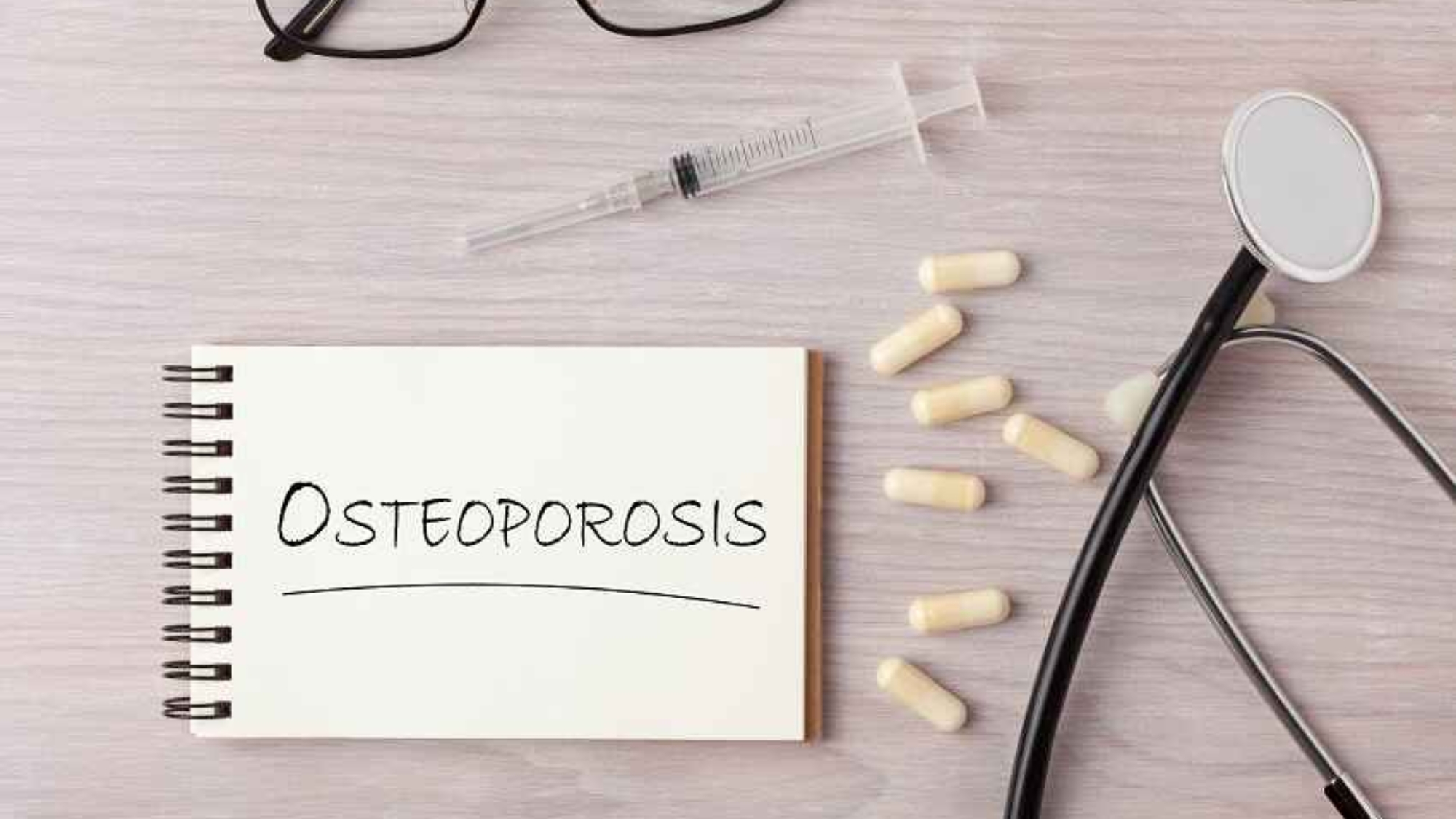
Sure! I’d be happy to explain osteoporosis in simple language.
Osteoporosis is a condition that affects our bones. Our bones are made up of living tissues, and they are constantly changing and renewing themselves. In osteoporosis, the bones become weak and fragile, which makes them more likely to break or fracture.
Now, let’s talk about why this happens. Our bones are made up of a thick outer layer and a spongy inner part. When we’re young, our bodies make new bone faster than they break down old bone, so our bones become stronger and denser. However, as we grow older, this balance starts to change. Our bodies may not make new bone as quickly as they used to, or the old bone may break down faster. This causes our bones to become less dense and more prone to fractures.
Osteoporosis often doesn’t show any symptoms until a bone actually breaks. Fractures most commonly occur in the hip, spine, or wrist. However, there are a few signs that might indicate osteoporosis, such as losing height over time or developing a stooped posture.
Now, let’s talk about treatment and prevention options for osteoporosis.
Treatment for osteoporosis usually involves a combination of lifestyle changes and medication. The goal is to slow down bone loss and strengthen the bones. Doctors may recommend calcium and vitamin D supplements to help maintain bone health. Regular weight-bearing exercises like walking or lifting weights can also be beneficial.
In addition to lifestyle changes, there are medications available to treat osteoporosis. These medications work in different ways, such as by slowing down bone breakdown or increasing bone density. Your doctor will prescribe the appropriate medication based on your specific situation.
Prevention is also crucial, especially if you’re at risk for osteoporosis. Here are a few things you can do to prevent it:
1. Get enough calcium and vitamin D: These nutrients are important for bone health. You can find them in foods like dairy products, leafy greens, and fatty fish. If needed, your doctor may recommend supplements.
2. Exercise regularly: Engaging in weight-bearing exercises, such as walking, dancing, or jogging, helps keep your bones strong.
3. Avoid smoking and excessive alcohol consumption: Smoking and heavy alcohol use can weaken your bones and increase the risk of osteoporosis.
4. Fall prevention: Taking steps to prevent falls is essential because fractures often occur due to falls. Make sure your home is free from hazards, use appropriate lighting, and consider assistive devices if necessary.
5. Regular check-ups: If you’re at risk or concerned about osteoporosis, it’s a good idea to discuss it with your doctor. They can assess your risk factors and provide appropriate guidance. Remember, it’s never too early or too late to take care of your bone health. By adopting a healthy lifestyle and following preventive measures, you can reduce the risk of developing osteoporosis and keep your bones strong.




